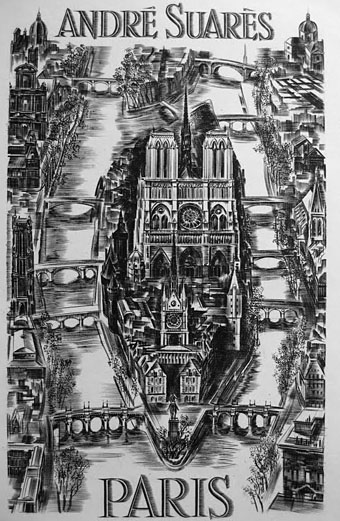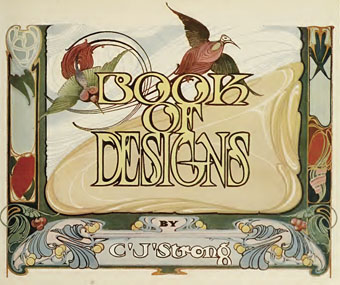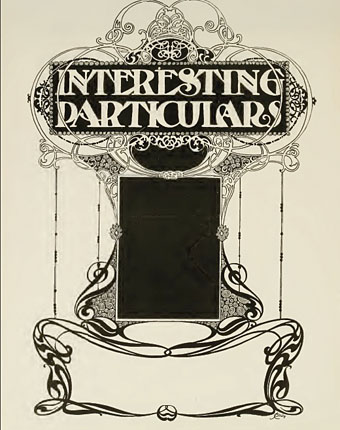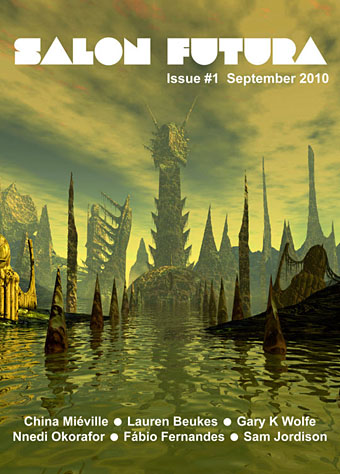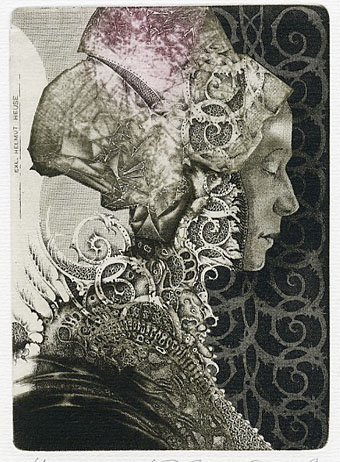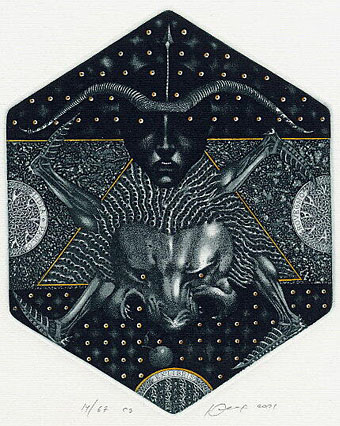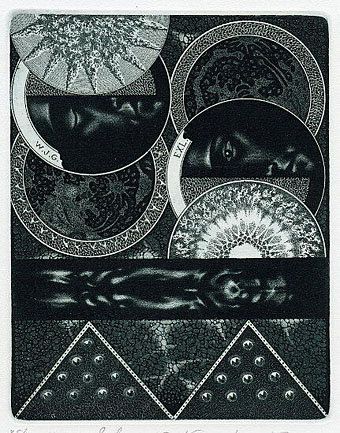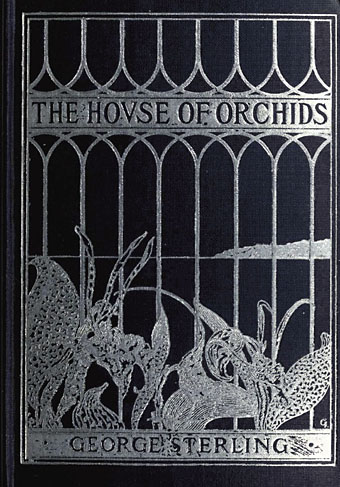
Do all roads lead to the Internet Archive? Not really but I keep ending up there when I happen to discover an interesting old book and wonder whether they have a PDF of the volume in question. The volume for consideration today, The House of Orchids, is a 1911 collection of verse by George Sterling (1869–1926), an American but another of those writers whose poetry looked to Decadent London and Paris for its flavour, hence the Wildean title, and, it should be said, the cover design. I haven’t been able to find an artist credit for this; if anyone knows who was responsible, please leave a comment.
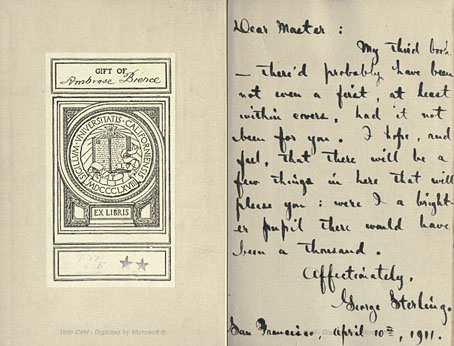
Many of the books at Archive.org are unremarkable library editions but this is a rare exception, being a gift to the University of California of writer Ambrose Bierce, Sterling’s idol and the person to whom he writes the above thanks and a dedication. Bierce praised Sterling’s work but must have passed the book on fairly soon after receiving it since he famously disappeared in Mexico two years later. Or maybe his library was passed to the university after his disappearance? Whatever the answer, this edition contains another curious feature in the form of a pasted-in newspaper clipping from 1926 concerning the death in mysterious circumstances of Sterling himself at San Francisco’s Bohemian Club. The general supposition is that he killed himself with a vial of cyanide he was in the habit of carrying around. One of Sterling’s young poetic protégés at the time The House of Orchids appeared was Clark Ashton Smith whose first volume of verse, The Star-Treader, and Other Poems, was published a year later. That book and another of Smith’s titles is also available at Archive.org, as I noted in June. Also there, and of particular {feuilleton} interest, is Sterling’s The Evanescent City, a paean to San Francisco’s 1915 Panama-Pacific International Exposition. (This site has scans of the text and photos.)
George-Sterling.org is a site devoted to the writer which includes many of his poems and other texts. Looking at his lengthy piece from 1907, A Wine of Wizardry, you can see what it was about his work that so appealed to Clark Ashton Smith and others.
Elsewhere on { feuilleton }
• The book covers archive
Previously on { feuilleton }
• Odes and Sonnets by Clark Ashton Smith
• Clark Ashton Smith book covers
• The Evanescent City


